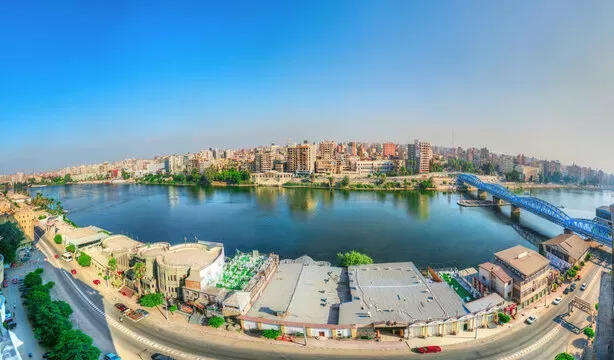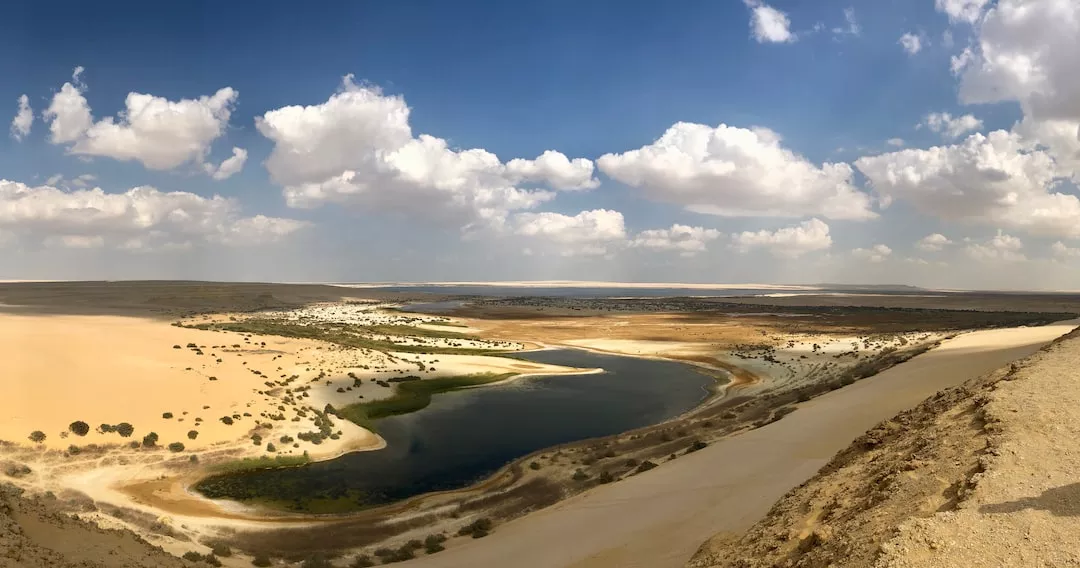Menya Governorate
Menya is one of Upper Egypt's governorates. It derives its name from the capital city, originally known in Sahidic Coptic as Bohairic and Tmoone, meaning “the residence." This is in reference to the Coptic monastery formerly in the region. The name might also originate from the city’s name in Egyptian Men at Khufu. Little is known these days about Minya with respect to its great wealth of vital archaeological sites. It has a remarkable history.

Sharuna, Fraser Tombs, and Dehnet include monuments from Egypt's Old Kingdom. The village of Bani Hassan at Shuruq houses many artifacts from the Middle Kingdom (2000-1580 B.C.) and specifically the 16th dynasty. The Speos Artemidos is nearby and hosts temples built by the renowned Queen Hatshepsut.
After the unification of Egypt, the provincial capital of the 16th Nome emerged as a vital center of business. It was opposite a trade route to the Red Sea along which the Levantine traders carried their goods while traveling from Sinai to Canaan. In the later times of the old kingdom, the name of the city was changed to Menat Khufu, associating it with the Cheops or Pharaoh Khufu who ruled around 2,550 B.C. They founded the Great Pyramid of Giza and it was believed that Cheops was born here. His city was not located there but it is thought to be located on the western bank of the Nile near modern-day Menya.
After the collapse of the old kingdom during the intermediate period, the rulers of Men’ at Khufu became strong and wealthy and enjoyed a certain amount of independence with respect to the central power of the Pharaoh. The princes of Oryx initially remained neutral during the long struggle of the First Intermediate Period between the Theban and the Heraklepolitan kingdoms, but ultimately during the reign of Baqet III, the Oryx princes formed an alliance with the Thebans in the time of Mentuhotep II.
Menya governorate occupies the floodplain of the Nile River and extends for about 75 miles along the river. It also includes a section of the Western Desert, extending out toward several oases. To the east and the west, it merges with the desert terrain, and the cultivated floodplain on the eastern bank is quite narrow. Iron ore is found in the desert on the western side of the river valley. The area is heavily agricultural, the main crops being onions, millet, sugarcane, dates, wheat, and corn. Industrial activities include flour milling and cotton ginning. Other towns include Bani Mazar and Mallawi.
Favorite sites for tourists featuring interesting historical items and ruins are located at Tunat al-Jabal, Al-Ashmnein, and Bani Hasan al-Shuriq, all in the southern portion of Al-Menya city. These areas form an integral part of the governorate. The long history of marginalizing Upper Egypt, along with a post-2012 lack of reform, has created a crisis of trust between the Menya farmers and the government. The austerity policies of the al-Sisi government are also making the situation worse for the local farming communities.


















